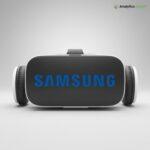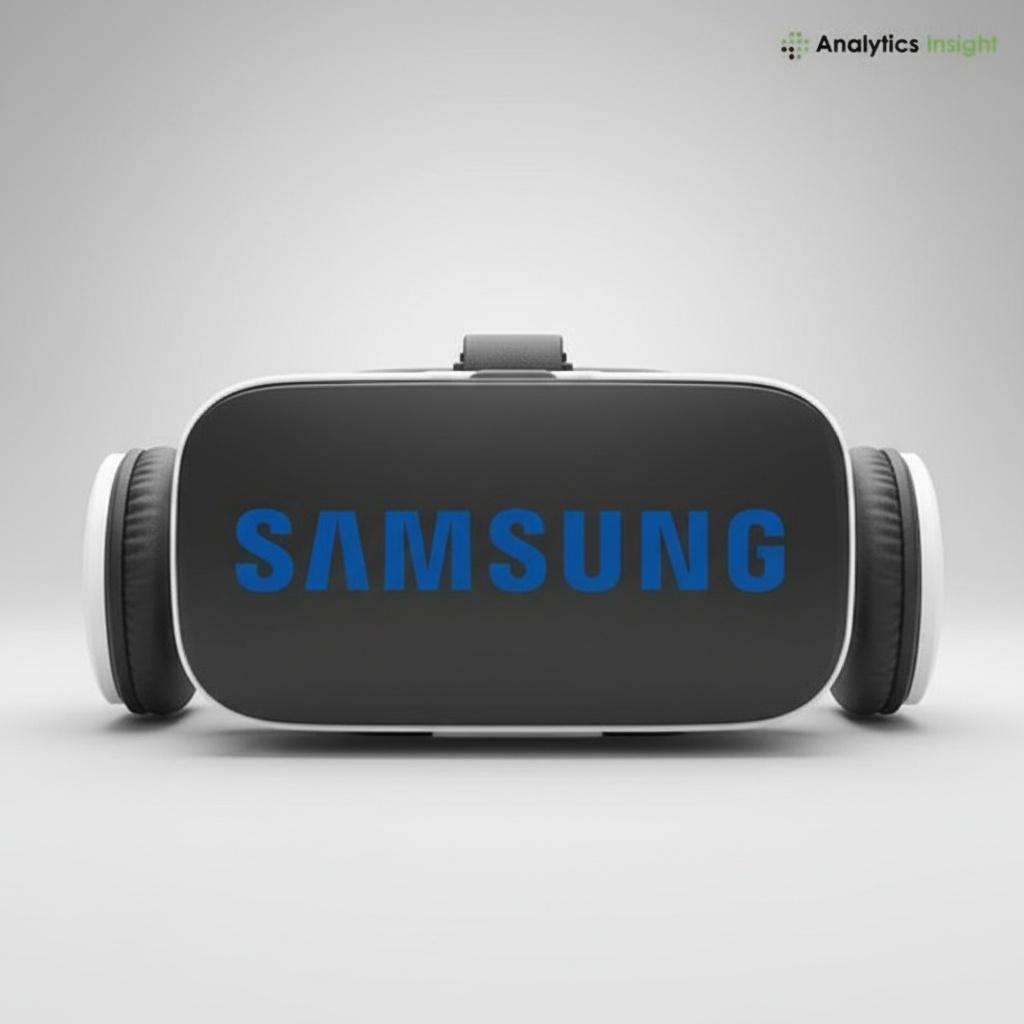Samsung has officially taken the wraps off its Galaxy XR headset with a headline-grabbing $1,800 price tag—roughly half of what Apple charges for the Vision Pro. The launch, announced in late October 2025, signals Samsung’s renewed push into mixed reality and positions the company as a serious challenger in the premium XR segment.
Under the hood, Galaxy XR is powered by Qualcomm’s Snapdragon XR2+ Gen 2 platform and pairs that silicon with dual 4K-class micro‑OLED panels. Eye tracking and hand tracking come standard, promising intuitive, controller-free interaction. The hardware stack is designed for crisp visuals, responsive input, and robust on-device processing that’s suited for both immersive experiences and productivity.
Samsung built Galaxy XR alongside Google and Qualcomm, aligning it with an Android-based XR platform to accelerate app development and compatibility. The headset taps Google’s Gemini AI to power smarter interactions and contextual assistance, laying the groundwork for voice- and intent-driven workflows that go beyond traditional app models.
The feature set targets tech-forward consumers, developers, and enterprise teams alike. Think virtual collaboration, design visualization, training, and data-rich dashboards—plus entertainment use cases from high-resolution media to immersive gaming. With natural input methods and spatial computing baked in, Galaxy XR aims to feel as familiar as a smartphone yet as capable as a workstation for certain tasks.
Against Apple’s Vision Pro, Samsung’s strongest play is value. At about half the price, Galaxy XR offers competitive core capabilities—high-resolution displays, spatial awareness, and precise eye/hand tracking—while leaning on Android’s openness and Google’s AI stack. Vision Pro still leads in Apple’s tight ecosystem integration, but Samsung’s pricing and cross-partner foundation could appeal to users who want flexibility without the premium cost.
Partnerships are central to Samsung’s strategy. Google brings the Android XR layer and services, Qualcomm supplies the silicon and XR optimizations, and Samsung ties it together with industrial design, optics, and distribution. For developers, that triad promises familiar tools, modern runtimes, and expanding APIs—critical ingredients for building compelling spatial apps at scale.
Samsung is beginning availability in South Korea first, with a wider international rollout to follow. The company is expected to profile enterprise pilots, early-access developer programs, and regional launches over the coming months as it builds momentum and content around the platform.
Bottom line: Galaxy XR’s mix of advanced hardware, Android XR alignment, and aggressive pricing could catalyze broader adoption of spatial computing in 2025. For businesses and builders, it’s an invitation to start prototyping real workflows in XR; for consumers, it’s a more palatable entry point into high-end mixed reality without the $3,500+ sticker shock.






